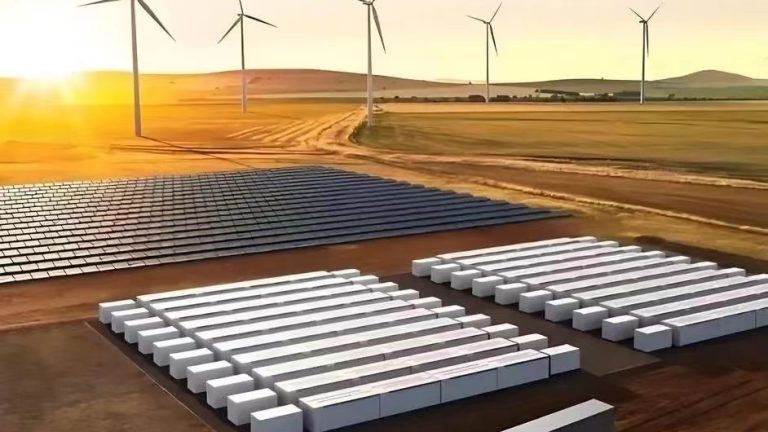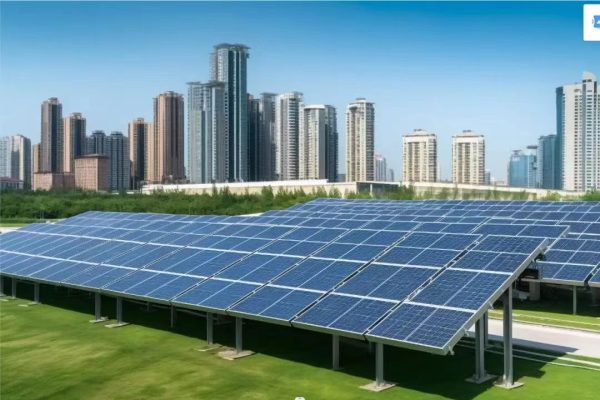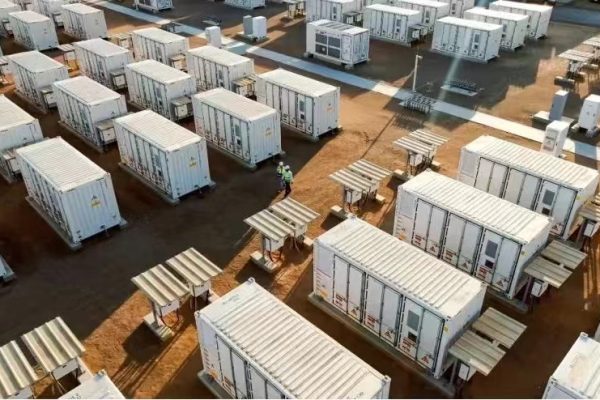Why Energy Storage Exports Are Growing
The global transition toward renewable energy has created unprecedented demand for energy storage solutions. From households installing rooftop solar systems, to industrial facilities seeking backup power, to governments supporting microgrids in developing regions—storage has become the backbone of modern energy systems. For exporters, this trend opens up four distinct and profitable entry points: home energy storage, industrial storage, microgrid projects, and off-grid solutions.
This article explores each entry point, highlighting technical requirements, trade opportunities, and buyer expectations. Exporters can use this framework to identify the right market focus, prepare product documentation, and position themselves competitively in a rapidly growing global industry.
1. Home Energy Storage Systems: Meeting Residential Demand
Market Potential
Home energy storage is one of the fastest-growing segments in Europe, North America, and Australia. Homeowners install battery systems to store excess solar energy, reduce reliance on the grid, and ensure backup during blackouts. With rising electricity prices and government incentives, the demand for home batteries ranging from 5–15 kWh is accelerating.
Technical Focus
- Capacity Range: 5–15 kWh is most common for households.
- Battery Chemistry: LiFePO₄ (LFP) is preferred for its safety and long cycle life.
- Scalability: Modular, wall-mounted units allow customers to expand capacity over time.
- Inverter Compatibility: Buyers often ask whether the system supports leading inverter brands (SMA, Victron, Growatt, Solis, etc.).
Trade Opportunities
- Europe: Germany and Italy lead the home storage market due to strong PV adoption.
- North America: California and Texas homeowners are actively installing residential storage to mitigate grid outages.
- Australia: With high rooftop solar penetration, battery demand is growing rapidly.
Buyer Expectations
- Certifications: CE, UL, UN38.3 are crucial.
- Warranty: Buyers expect 5–10 years depending on market.
- Design: Sleek, compact wall-mounted systems have strong appeal.
2. Industrial Energy Storage: Powering Commercial and Utility Clients
Market Potential
Industrial storage systems—typically 50 kWh to multi-MWh solutions—are essential for factories, data centers, shopping malls, and utility-scale renewable projects. Exporters targeting this segment often deal with EPC contractors, project developers, and government tenders.
Technical Focus
- Capacity: Larger systems, often containerized (20 ft or 40 ft).
- Functions: Peak shaving, load shifting, frequency regulation.
- PCS (Power Conversion Systems): High efficiency and dual operation (on-grid and off-grid).
- EMS (Energy Management System): Remote monitoring and intelligent dispatch are standard requirements.
Trade Opportunities
- Middle East: Industrial storage for solar + storage hybrid projects.
- Europe: Commercial storage for factories looking to cut energy bills.
- Africa: Containerized storage supporting solar farms.
Buyer Expectations
- Certifications: IEC, CE, UL standards.
- Long-Term Service: Buyers often ask for 10,000+ cycle life.
- Technical Support: Industrial clients value engineering support and fast response.
3. Microgrid Storage Solutions: Building Energy Independence
Market Potential
Microgrids are self-contained power systems that combine renewable generation, storage, and distribution. They are widely deployed in islands, rural areas, and industrial parks. The World Bank and other development agencies are actively funding microgrid projects in Asia, Africa, and Latin America.
Technical Focus
- Integration: Seamless combination of PV, storage, diesel gensets, and local grid.
- Scalability: Microgrids range from small village-level systems to multi-MW installations.
- Resilience: Systems must support black-start and maintain reliability in harsh conditions.
- Control System: Centralized EMS for demand-supply balancing.
Trade Opportunities
- Islands: Caribbean, Pacific, and Southeast Asian islands rely heavily on diesel; microgrids with storage reduce fuel costs.
- Rural Africa: Mini-grids powered by solar + storage are the most viable electrification strategy.
- Industrial Parks in Asia: Microgrids cut costs and ensure reliable power.
Buyer Expectations
- Turnkey Solutions: EPC and system integrators prefer suppliers who provide full documentation.
- Durability: Strong housing and thermal management.
- Training: Local operators need training for O&M.
4. Off-Grid Energy Storage: Reaching Untapped Markets
Market Potential
Off-grid storage supports remote communities, telecom towers, mining operations, and emergency relief efforts. These projects are typically small to medium-scale but create continuous demand, especially in regions without reliable grid access.
Technical Focus
- Compact Systems: Easy installation and minimal maintenance.
- Hybrid Compatibility: Works with solar, wind, or diesel.
- Temperature Tolerance: Must handle extreme climates (desert heat, arctic cold).
- Safety: Stable LiFePO₄ chemistry is a strong advantage.
Trade Opportunities
- Telecom Operators: Africa and South Asia require off-grid storage for base stations.
- Mining Camps: Remote mining relies on hybrid power solutions.
- Disaster Relief: Portable storage units for emergency response.
Buyer Expectations
- Reliability: Systems must work in harsh environments.
- Certification: UN38.3, CE, and local safety approvals.
- Cost Efficiency: Buyers focus on quick payback.
Choosing the Right Entry Point
Exporters of energy storage products have four clear pathways: home systems for residential clients, industrial systems for commercial buyers, microgrid solutions for communities, and off-grid systems for remote needs. Each entry point requires a tailored approach—different certifications, packaging, after-sales service, and financing models.
For new exporters, starting with home storage in Europe or off-grid solutions in Africa may provide quicker market entry. More experienced players can target industrial projects and microgrid tenders, where requirements are higher but profits are also greater.
As global demand for renewable energy grows, energy storage exports will continue to expand. Companies that combine technical expertise with strong trade practices are well positioned to capture opportunities in these four segments.









